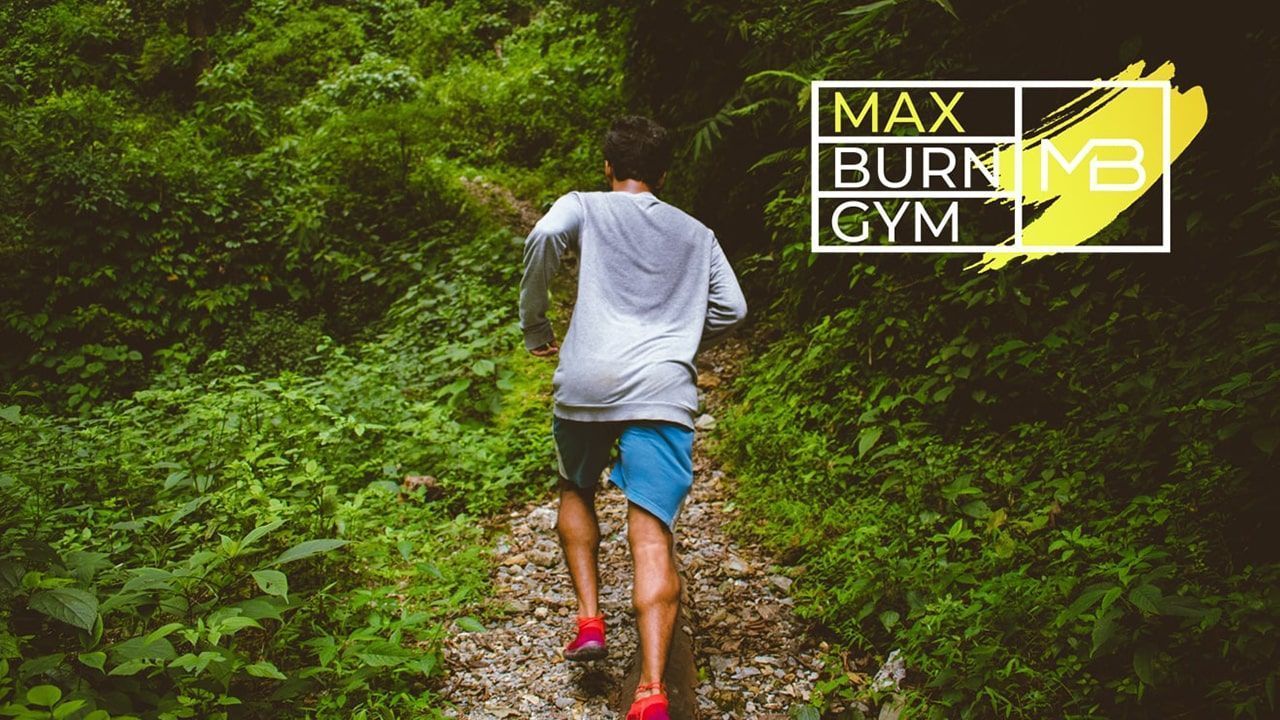DEFYING HEAT AND HUMIDITY
WITH EXERCISE AND NUTRITION
Up to 60% of the human body is water, and only about 10% of this water is in the bloodstream. A lot of the water in the bloodstream can be lost through sweating. In fact, during intense exercise in hot and humid conditions, we can sweat up to 3 liters, which is almost all of the water in the bloodstream. To replace the water that is lost from the bloodstream, the body takes water from its tissues or uses the fluids that you drink during and after exercise.
Typically, our bodies are warmer than the environment. When that begins to change, our muscles regulate heat by releasing sweat, which allows the body to cool itself. But when the body is sweating, it’s losing fluid. The body cools off by sweating and as long as you remain hydrated, the body can cool itself off.
Yet as challenging as heat and humidity are, people can acclimate. Blood volume expands, which reduces the strain on the heart from the increased demand for blood flow to the skin and muscles. And sweating increases — people, who are heat adapted sweat sooner and more profusely, allowing their bodies to cool more efficiently.
In dry weather, sweat evaporates quickly, so only a small amount of sweat is needed to lower body temperature. But in humid conditions, sweat takes longer to evaporate from the skin because the air already contains a lot of water. So, in these humid conditions, the body tries to cool itself by sweating even more. If you do not replenish the water that your body loses, you will become dehydrated. Regardless you’ve decided to beat the heat by working out outdoors or indoors, here are some tips that can keep you going through before the temperature and humidity finally start decreasing:
Know your fitness level. If you’re unfit or new to exercise, be extra cautious when working out when the weather conditions are extreme. Your body may have a lower tolerance to the heat or to air-conditioned areas. If you feel exhausted, consider reducing your exercise intensity and take frequent breaks.
Hydrate!
Drink water before, during and after physical activity, even if you don’t feel thirsty. Keep a bottle of water close to your work out spot, or plan water stops along your route.
Choose an appropriate outfit. Lightweight, loose-fitting clothing helps sweat evaporate and keeps you cooler.
Listen to your body: high temperatures and humid weather can affect the body to feel exhausted and increase fatigue even if you are planning to work out indoors. Adjust your work out program and goals to what you’re your body needs and can do to achieve your long-term goals. Get advice from professionals at the gym.
Discover activities you can do in your home or at work as well. Stay active and don’t limit yourself only on sport activities and work out centres.
Understand your medical risks. Certain medical conditions or medications can increase your risk of a heat-related illness, such as dizziness, muscle cramps, headaches, etc… If you plan to exercise in the heat, talk to your doctor about precautions.
Hydration:
Drink about 500 ml of cool or cold water 1 to 2 hours before you exercise.
Drink about 500 ml of cool water or sports drink 15 minutes before you exercise.
Drink about 150 ml of cool water every 10 minutes during exercise.
Have about 1 l of cool water on hand per hour.
Drink about 500 ml of cool or cold water or unsweetened sports drink right after exercise.
Drink cool water rather than cold water, because the body absorbs cool water faster.
Do not drink juices or sodas during exercise, because these drinks contain more than 10% carbohydrates (sugar) and are not absorbed well during exercise. It is okay to drink sports drinks because they usually contain less than 8% carbohydrates, but these can lead to too many calories if you drink too much of them. When it comes to workouts lasting less than 1-1/2 hours, there is no difference between drinking sports drinks and cool water to stay hydrated. Sports drinks do replenish the salt and minerals lost through sweating, although a healthy diet is usually adequate for this.
Stay hydrated when you are not exercising. The amount of water your body needs to stay hydrated depends on the type of exercise you are doing, but on your body weight and body temperature as well. Feeling thirsty is not the best indicator of your body’s water needs, because thirst occurs after your body is already dehydrated. Also, your thirst is usually satisfied even before your body’s water supply is fully replaced.
What to eat?
Athlete’s body temperature is higher in warmer environments, which often causes the desire to eat significantly reduced. Thus, it is important for an athlete to identify foods and fluids that taste pleasant at rest. It is best to have a wide variety of palatable foods and fluids available and to make part of the recovery meal fluid based. Energy needs can be met through several different means.
The first strategy is to increase the calorie content of fluids used to rehydrate (e.g., meal replacements, carbohydrate-electrolyte beverages, juices, smoothies, iced tea).
A second option is to increase low-fiber foods eaten as snacks 30 minutes to an hour in between meals. These foods are easier to digest and do not indicate to the receptors of the stomach that it is full. In addition, less heat is produced as these foods digest, and as a result, this will help control body temperature.
Recommended low-fiber food:
- Well-cooked vegetables without skin or seeds
- Green beans
- Cucumbers
- Fresh fruit like watermelon, bananas,
- Eggs
- Fish
- Poultry
- Dairy products
In conclusion, your heart rate can serve as a good indicator of how your body is tolerating the heat during exercise. On a day of high heat or humidity, your heart will probably beat faster than it usually would, doing the same workout. If this happens, it may simply be too hot and humid for you. Slow down or stop what you’re doing and hit the local air-conditioned gym.
And remember, drink before, during and after exercise. Don’t rely on your thirst to tell you how much fluid you need.



